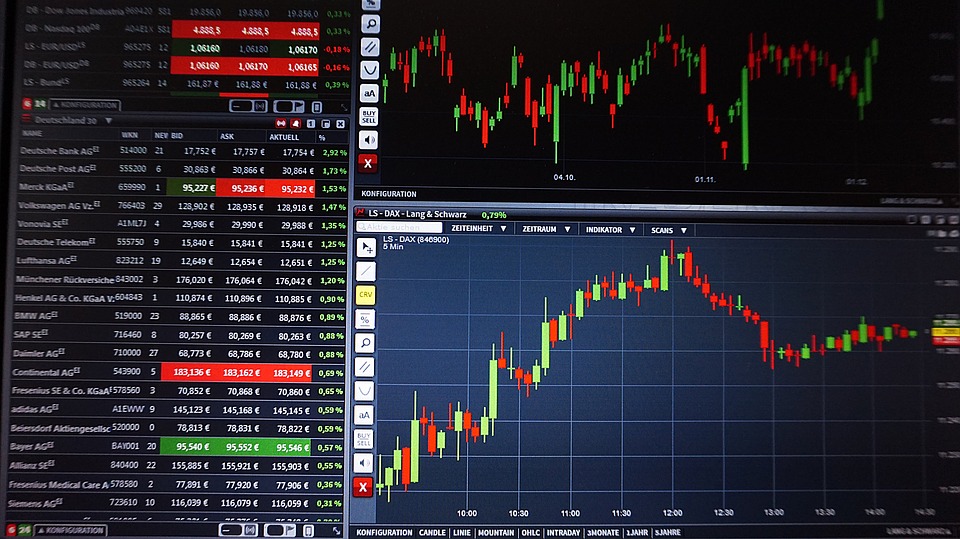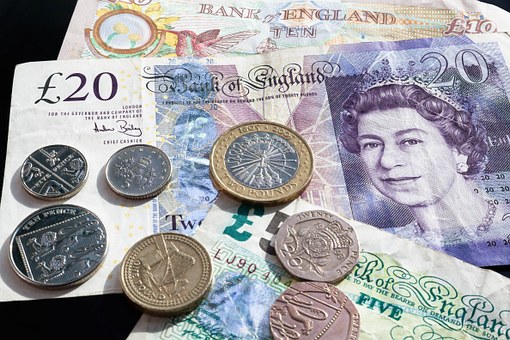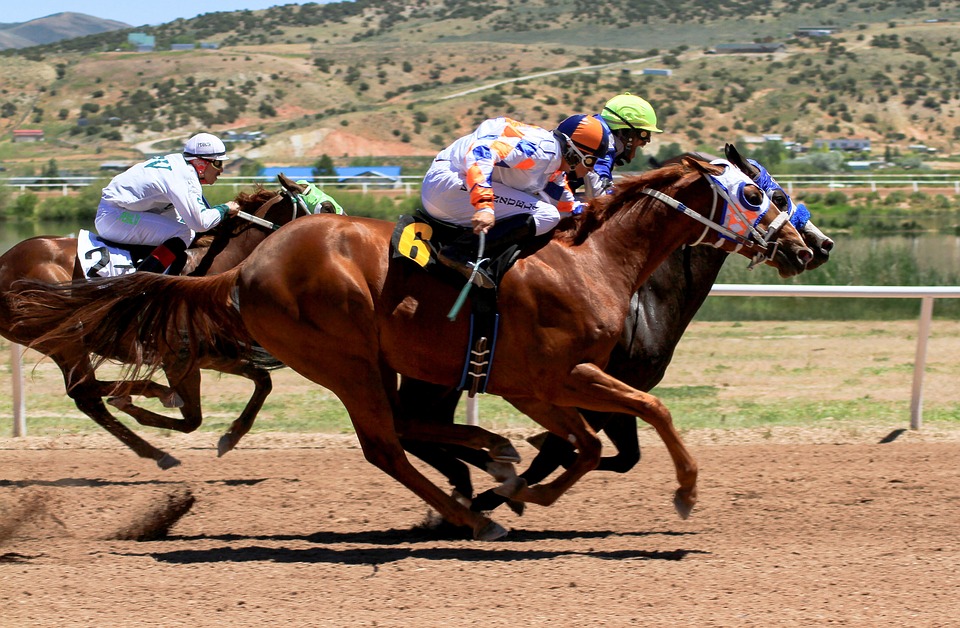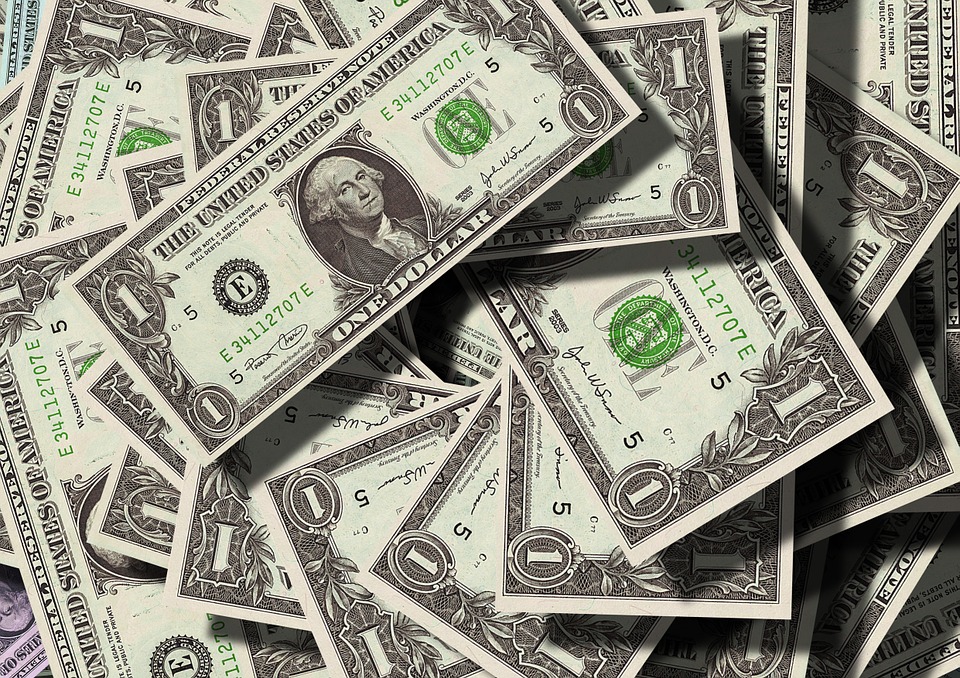Understanding Forex Trading

This read will explain forex in a simple and easy to understand manner. If you are a novice to forex trading, we will take you through the basics including pricing and the process of placing trades.
Forex is a short term for foreign exchange. It is also referred to as the currency market and FX. It is the largest form of exchange in the world with over $4 trillion trading every day. Foreign exchange is available to both investors and institutions.
Forex Explained
The goal of trading is very simple. You should aim at buying a currency at one point and later on sell it at a higher price. Alternatively, you can opt to sell the currency a point and thereafter purchase it at a lower price. In both of these cases, making a profit is the only goal, just like it is with other forms of speculation.

As simple as the above objective may seem, it is easy to get confused owing to the fact that the price of one currency is determined in another currency. For instance, when the price of 1 British pound is to be measured as 2 US dollars, whereby the exchange rate between the GBP and USD is exactly 2.
In FX trading terms, the value of the British pound in this example would be represented as 2.0000 with the forex pair being GBP/USD. Currencies are usually grouped together in order to show the exchange rate between them. These pairs show the price of the first currency in the second currency.
The commonly traded forex pairs, which are termed as ‘major’ pairs include USD/JPY, EUR/USD, and EUR/GBP. However, it is possible to trade many other minor pairs, which are known as exotics. This includes the Polish zloty (PLN), Mexican peso (MXN), and the Norwegian krone (NOK). Treading with the exotics is as frequent as the major pairs. As such, the market is less liquid and the trading spread is much wider.
Forex Trading Spread
Just like it is with any other trading price, the trading spread for FX pair consists of a bid price, which is the price at which you can sell – in other words, the lower end of the spread. The spread also consists of an offer price, which is the price at which you can buy – this represents the higher end of the spread. That being said, it is important to note which way round you are trading for every pair.

When buying, the spread shows the price of buying the very first currency in the FX pair with the second currency of the pair. This means when you have an offer price of 1.2000 for EUR/USD, it will cost you 1.20 dollars to buy 1 euro. Ideally, you would buy at that price if you think the price of the euro will rise against the dollar, thereby allowing you to sell the 1 euro for more than 1.2 dollars that you spent.
On the other hand, when selling, the spread indicates the price of selling the very first currency in the pair for the second. In this case, a bid price of 1.2000 for pair EUR/USD means that you can sell 1 euro for 1.2 dollars. Ideally, you want to sell when you think the price of the euro against the dollar will fall. Therefore, you can buy back your 1 euro for less than the 1.2 you paid for it.
Calculating Your Profit
Let’s look at another example. For instance, the EUR/GBP spread is 0.8414-0.8415. Suppose you think the euro will rise against the pound, you would want to buy euros at an offer price of 0.8415 for every euro. An in this particular case, you purchase €10,000 at the cost of £8415.

Thereafter, the spread of the EUR/GBP goes up to 0.8532-0.8533 and you sell your euros for pounds, at 0.8532 as the bid price. The €10,000 you initially bought is now sold for £8532. As such, you profit in this particular transaction is £8532 minus the original cost you incurred of buying the euros – £8415. Therefore, your profit is £117. At this point, it is important to note that your profit is always determined in the second currency of the particular forex pair.
Alternatively, you reckon the price of the euro against the pound is going to fall, and therefore, you decide to sell €10,000 at the original bid price of 0.8414, therefore, getting £8414.
It turns out you are right and the spread for EUR/GBP does fall eventually to 0.8312-0.8313. After the price has fallen, you decide to buy back your €10,000, at 0.8313 as the offer price, which is costs £8313. In this case, the cost of buying back the euros is £111 less than originally sold the euros for. The £111 is your profit on the transaction. Keep in mind that your profit is determined in your second currency of the pairs.
CFD Trading Or Spread Betting
InterTrader offers 2 different ways of FX trading: spread betting and CFDs. These products allow you to speculate on how the currency markets will move without physically trading the currency. However, they are different with regards to how they operate.

Spread betting involves staking an amount that you have in your account’s currency per pip movement at the price of the forex pair. For example, you might sell (or buy) £15 per pip on USD/JPY to make £15 for every pip the dollar falls (or rises) against the yen. FX traders in this regard, capitalize on short-term movement. Read more about spread betting here.
With CFDs, you sell or buy a contract representing a particular size of the trade. For instance, you might buy 1 contract of GBP/USD with InterTrader represents a trade of £10,000. Your profit or loss will be calculated in the second currency – the US dollar, and, if necessary, converted into your account currency. Read more about CFDs here.
However, do not have to provide the full currency value in order to open your position. You just put down a margin deposit – a fraction of the entire value. Moreover, you do not actually sell and buy currencies, you simple open speculative positions on the forex pair value changes. You make a profit or loss when you close your position by buying or selling.




